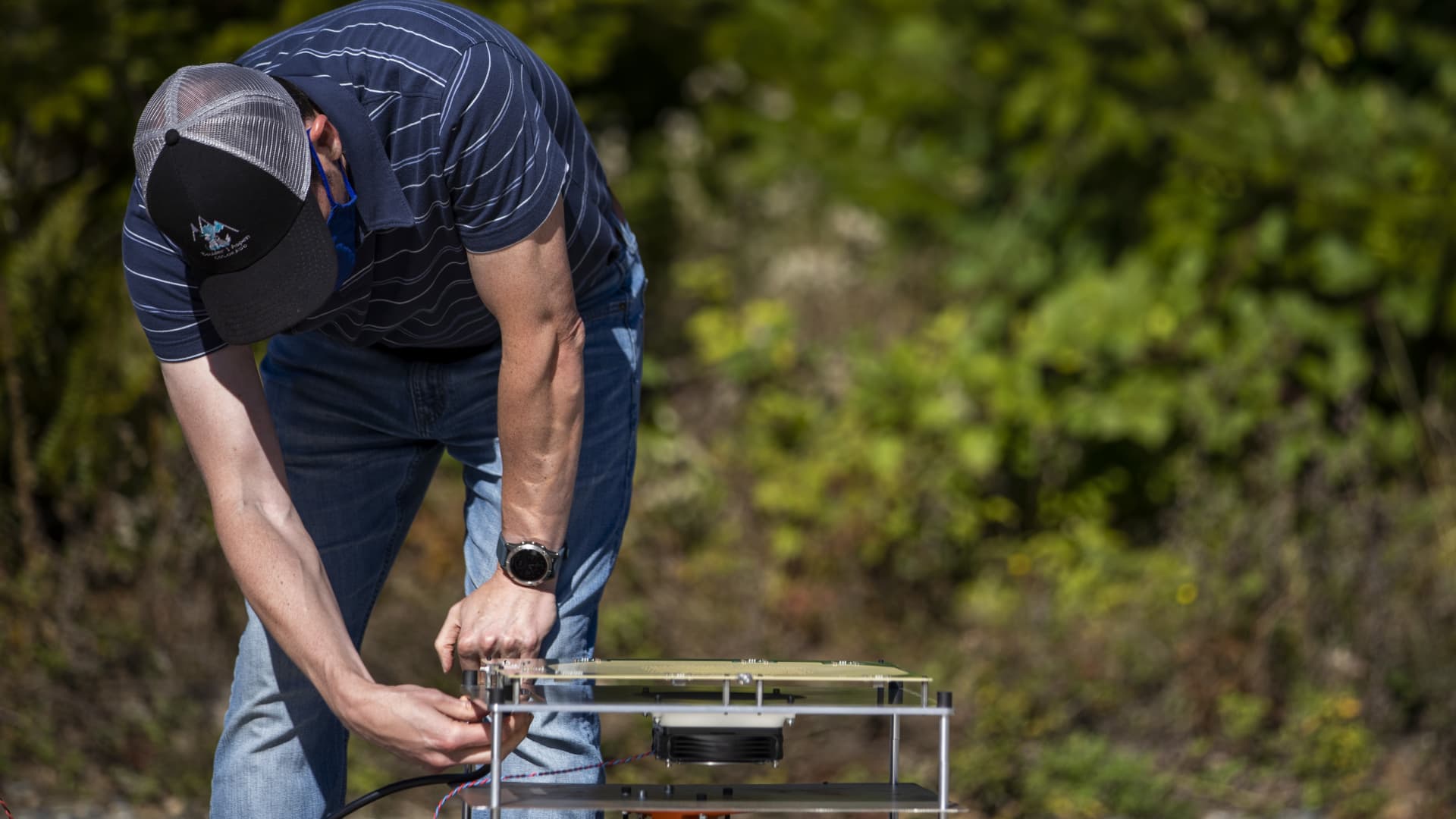abs
Junior Member level 2

For strange reasons. Receiving foreign satellite TV programs is illegal(Forbidden) in China.
So I can't use a common dish antenna. It's too easy to be find out and .
.
Is there any other form of antenna that can provide good camouflage effect?
So I can't use a common dish antenna. It's too easy to be find out and
Is there any other form of antenna that can provide good camouflage effect?




